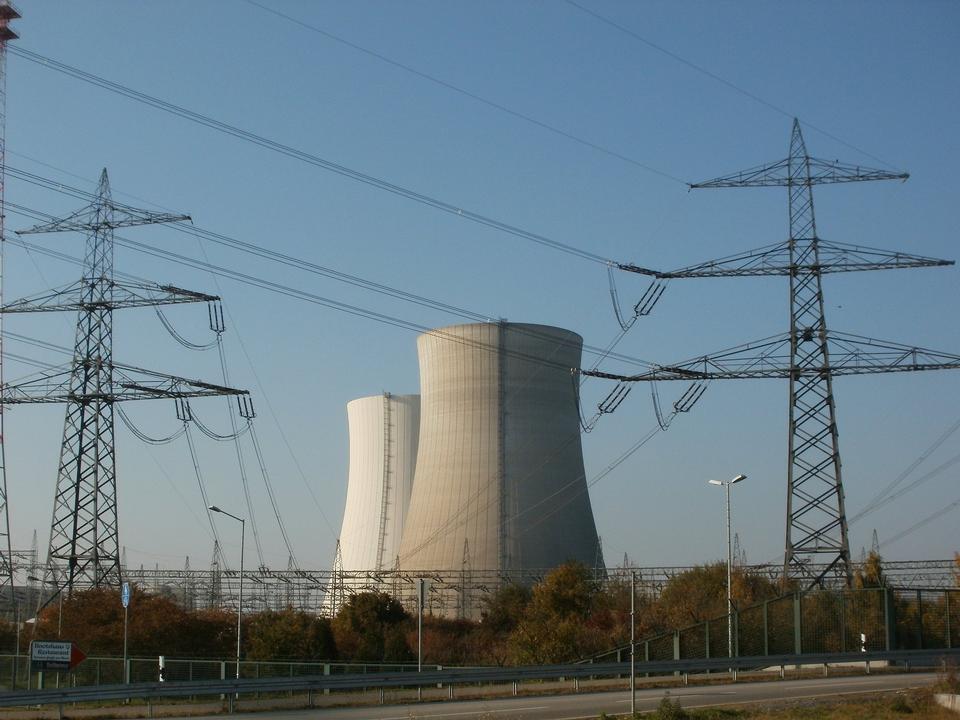Driving forces
The main driving force behind re-booting and re-vamping nuclear as a source of low-carbon energy is the Climate Change Act. This did not happen overnight; in fact, it took 20 years of talks and debates to reach a final agreement in Paris; in the end close to 200 countries signed. The main target of the deal is to reach near zero carbon emissions by 2050 (80% reduction), subsequently diminishing climate change and the dangerous effects of this modern phenomenon.
The methods used to achieve this 80% reduction are set by each country; putting the onus on governments to decide on their solutions for carbon emissions. Some have opted to invest heavily in new technologies that harvest natural resources such as; solar, wind, and tidal. Others have looked to the past and for methods that don’t rely on the sun shining or the wind blowing, this being nuclear.
Britain’s decision
With such a large investment into what will be the first new nuclear plant in a generation, it appears Britain has looked to the past, rather than the modern era of renewables. Hinkley C is the first of many nuclear plants the UK government intends to re-vamp, located in Somerset (South West) England; it is a 3.2 gigawatt (GW) plant that will produce around 25 terawatt hours (TWh) of electricity each year. In more basic terms that will be enough to supply around 7% of the UK demand for electricity (or 5,000,000 homes per year). It is clear that not just nuclear alone will be the answer to Britain’s Carbon emissions goal. The UK already uses many renewable sources and should continue to develop these alongside projects like Hinkley C.
The debate
Throughout this part of the review both arguments for and against Hinkley C will be discussed and analysed, in the hopes of painting a picture that represents the answer to what much of the public has been asking, that being; Is Hinkley C and nuclear the right thing for Britain?
A recent article by The Guardian states that Britain would struggle to meet its target of Carbon free energy by 2050 without nuclear; this is partly due to the fluctuation of energy levels produced by wind and solar, paired with the amount of land / sea space they require. Even if these renewable technologies aren’t perfect for the role they need to play, is Hinkley C the solution?
George Monbiot in a recent edit by The Guardian claims that nuclear has a useful contribution to offer, with regards to low Carbon energy. However, Hinkley C “is not part of that useful contribution due to its poor design” he then adds “with better design it could cost less with a possible reduction in time scales”. As the public is aware Hinkley C has continued to add delays, at first it was going to “cook Christmas turkeys in 2017” (according to EDF), who now predict 2025 will be the earliest date for power production. This adds pressure as it resembles a similar project using the same technology in Finland (Olkiluoto), which has gone well over budget and completely missed the deadline.
In a recent debate documented in The Guardian pro-Hinkley commentators have noted that nuclear is far less dangerous to human beings than burning fossil fuels. The discussion then claims that nuclear accidents have been exaggerated, using the Fukushima disaster as an example. The disaster was a level 7 nuclear accident (the highest), which was caused by a massive earthquake and tsunami hitting an antiquated reactor, this incident so far has claimed no lives as a result of the radioactive discharge, and claims that it is unlikely to do so in the future.
In contrast to the report above, The Telegraph mentions the significant costs of safeguarding these reactors to avoid future disasters. The French-built European Pressurised Reactors (ERPs) at Hinkley C are a slight modification of an inherently dangerous technology from the 1950’s, and the cost of “Fukushima Proofing” them is crippling, leaving room to debate the question of, ‘why aren’t we using a new and improved technology?.’ This technology being the AP1000 Pressurize Water Reactor which is the safest most economical type of power plant worldwide, which Jose Gutiérrez (Interim President of a Japanese-owned nuclear technology group) claimed was “safer, smaller, and simpler” than the (ERPs) in a Financial Times interview. If nuclear is a good solution, why are we in Britain not using the best nuclear technology?
A Telegraph article reports on the political factors which are driving some key decisions about nuclear and the chosen organisations to develop these large plants (Hinkley C, Bradwell site & Essex). Theresa May’s decision to go-ahead after her review was suspected by some to be ‘political reassurance’. This was done to satisfy allies, which is imperative due to the Brexit decision (that followed from the referendum) keeping connections with France who own 85% of EDF, and the China-based firm who are funding 33% of the project along with the promise to build further nuclear sites in Bradwell and Essex. These claims were also supported in The Economist paper where the risks of pulling out of the deal are discussed along with the importance of our international ‘friends’. The above appears a little disconcerting as a relevant choice for the sake of maintaining political ‘friendships’.
However, The Guardian comments that onshore windfarms, fracking, and even extensive solar installations do arouse strong local opposition, due mainly to them being considered an ‘eyesore’. Hinkley C, however, has received positive support from most of its neighbours, the consensus being that locals welcome this investment; it will safeguard existing jobs and deliver new temporary positions (as many as 25,000).
Concluding point for Hinkley C
Based on the above arguments, it’s difficult to conclude that Hinkley C and its ERP reactors are the best solution for Britain’s zero carbon emissions target. Tony Roulstone (who runs the Masters Programme in Nuclear Engineering at Cambridge) says “Hinkley C is like building a Cathedral within a Cathedral” concluding “it is unbuildable and this has been demonstrated in both Finland (Olkiluoto) and France (Flamanville)”. Former Chief Financial Officer, (CFO) Mr Piquemal has left EDF, stating that; “he could not have the decisions that are being made on his conscience, as they are putting the entire company at risk”, since this another member of the EDF board has resigned allowing the public to see the doubt from within the company behind Hinkley C. The plans for nuclear could, in fact, deter investment from other smart solutions, that are considered by many ‘the real technologies of the future.’
For more information on renewables and ‘technologies of the future’ see the Next Blog!

